Minesto develops technology for renewable electricity from the ocean. With lightweight yet powerful tidal kites, our technology enables clean, predictable, affordable energy to reach a net-zero global energy system.
As a technology developer of a new renewable, we continuously analyse and monitor environmental impact closely, from our first ocean testing in 2012, to today, and in the future. Based on the broad range of studies and environmental research throughout the years, we conclude that our kite technology operates in harmony with the marine life, with no observed negative impacts on the environment.
Minesto’s kite technology has:
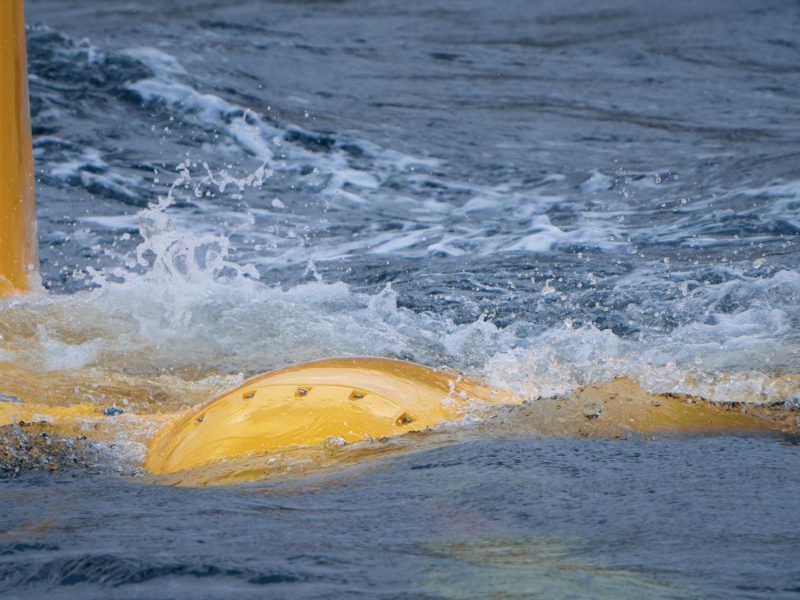
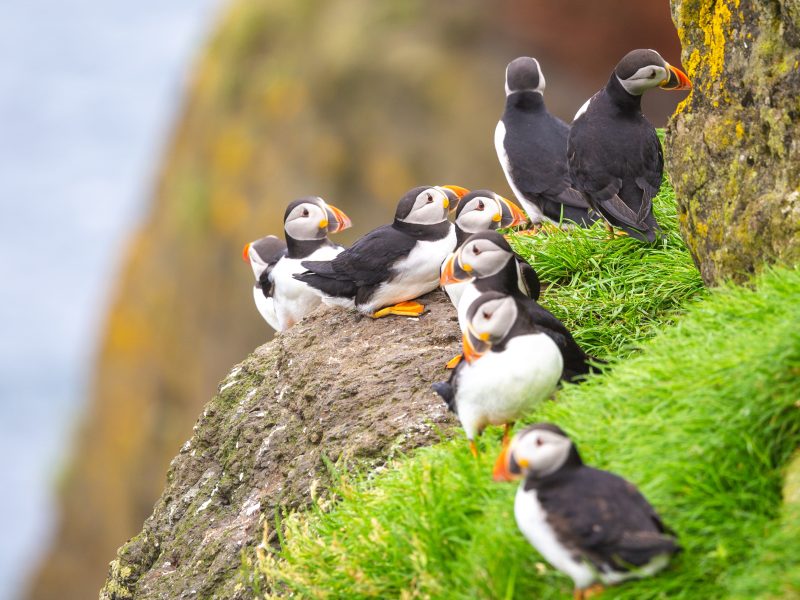
From the first ocean testing of our kites back in 2012, Minesto has been collaborating with universities, authorities and research institutes to conduct environmental impact analyses of site areas. This is an endeavour that we prioritise and will continue to monitor and evaluate at every site we operate in.
Environmental Impact Assessments (EIA) are conducted as an integral part of permitting and licensing processes for installation of new technologies. Minesto conducts different types of environmental monitoring on a regular basis. Examples of activities are:
Since 2012, monitoring and assessing of the impact of Minesto’s technology and operations at Minesto’s sites have been conducted. Zero collision incidents with marine mammals have been observed.
Collision risk to marine mammals with Minesto’s technology is mitigated by the fact that the potential impact area (based on the swept area) is very small in comparison to the available sea area – there is plenty of room for mammals to avoid the kite.
Marine biologists have assessed and concluded that Minesto’s technology has a low risk profile (Booth et al., 2015).
Curious seal checking out the stationary Dragon captured on underwater camera installed on the Dragon
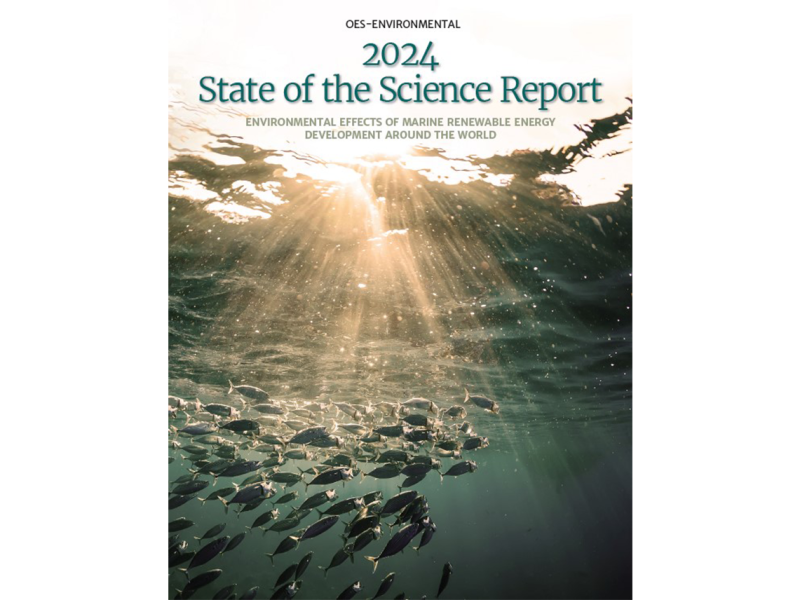
The latest 2024 State of the Science Report on “Environmental Effects of Marine Renewable Energy Development Around the World” (Garavelli, L.et al., 2024) was published by Pacific Northwest National Laboratory on behalf of the U.S. Department of Energy and other participating nations including the UK, under the International Energy Agency (IEA) Ocean Energy Systems initiative (OES).
The State of the Science Report 2024 concluded that:
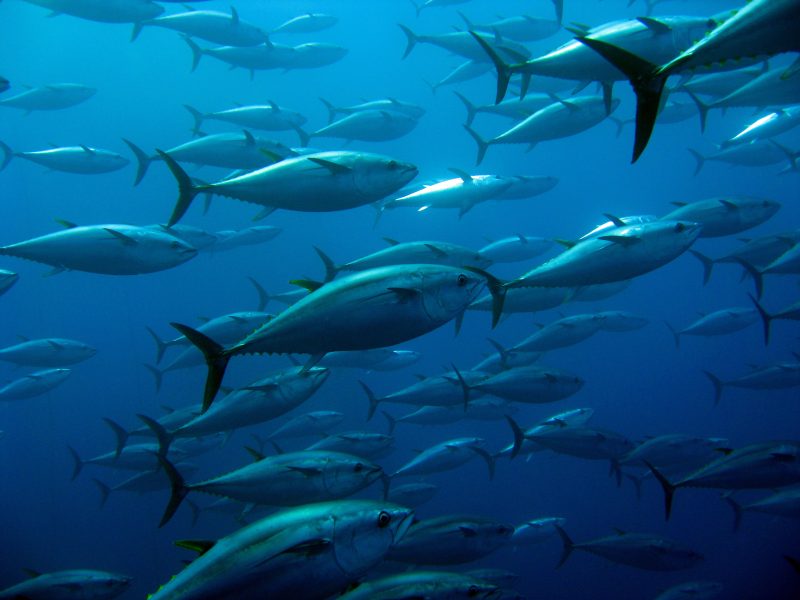

Hydrophones are primarily used for monitoring environmental noise and to characterize specific systems at Minesto’s sites.
At Minesto’s first test site in Portaferry, Northern Ireland, Queen’s University in Belfast, Northern Ireland was involved in assessing and monitoring the impact of Minesto’s technology on biodiversity in the region of operations.
Our joint research has shown that infrastructure has been integrated and homogenised as part of the surrounding areas. Moreover, indications of partial increase in species richness and diversity have also been observed at our operations site. Overall, postive impact on biodiversity was observed.
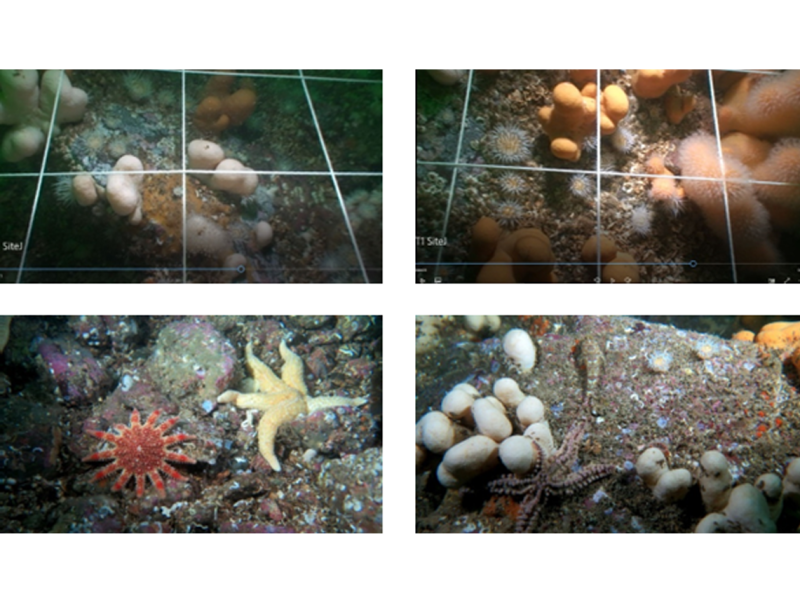
Above pictures from 2012, below pictures from 2017 (after 5 years of operating Minesto’s underwater tidal kites at the site)